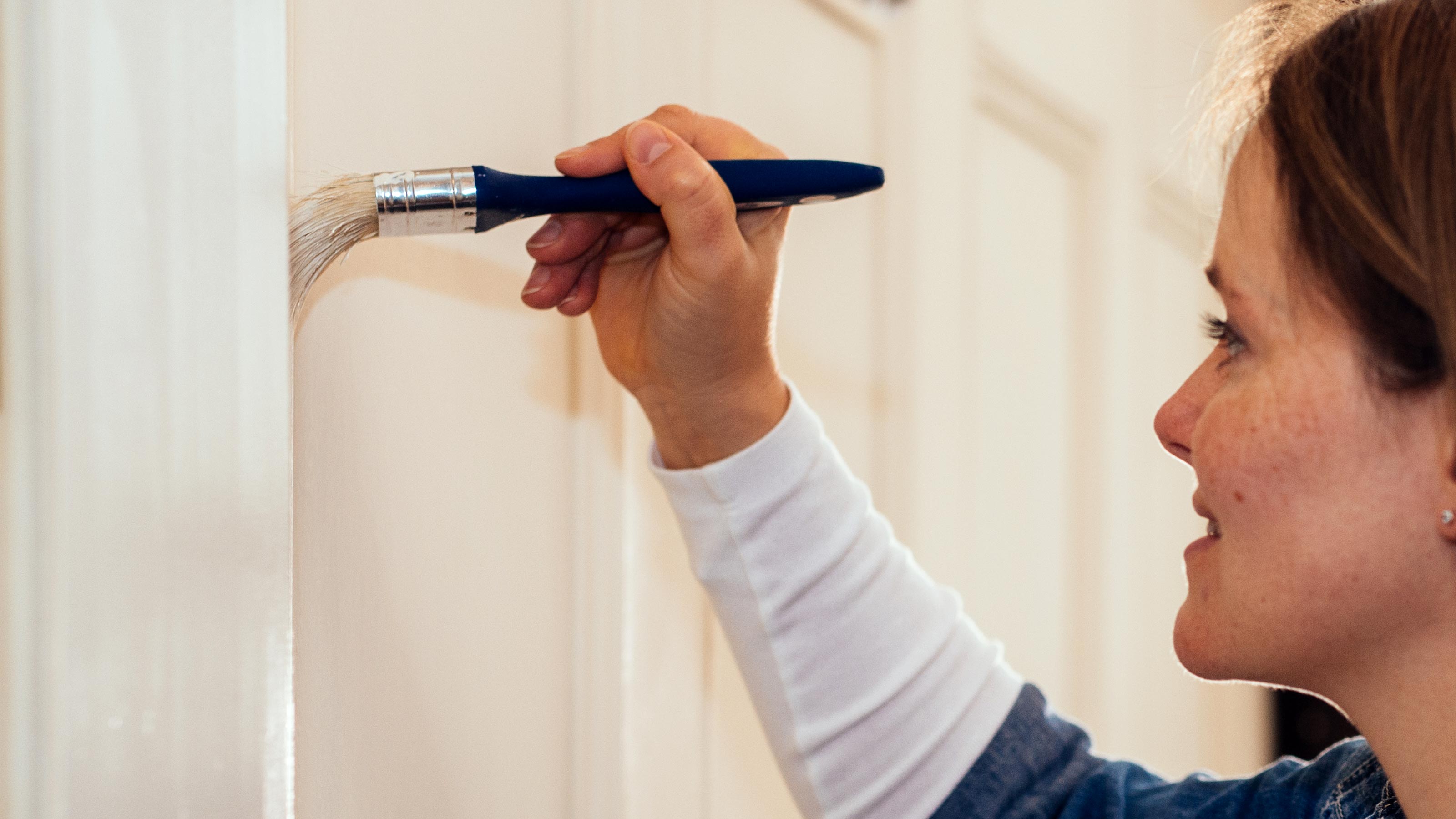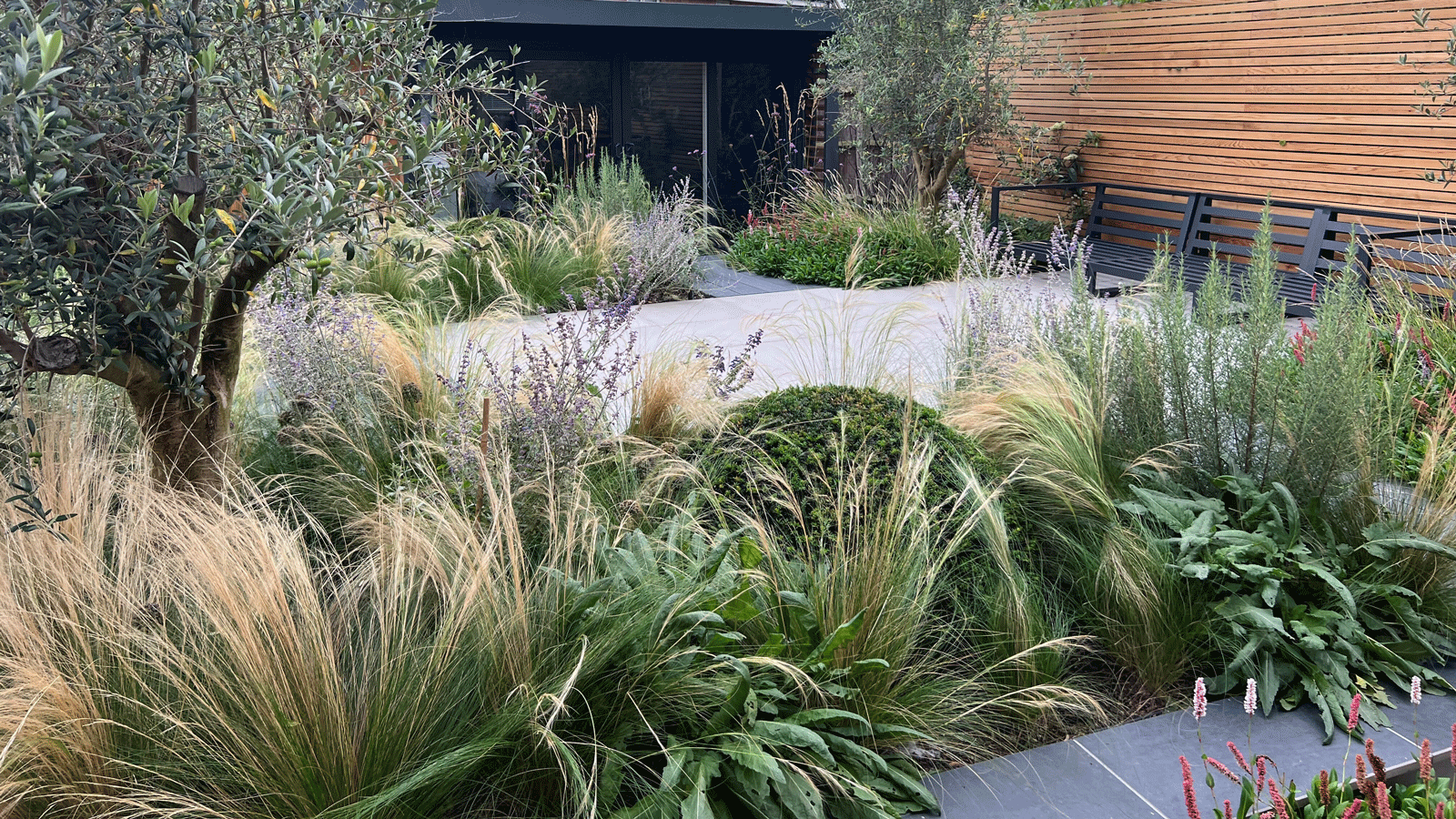Can you use emulsion on wood? We answer your questions
Can you use emulsion on wood? It’s a simple question with not such a simple answer. Here we take a closer look at what's being asked and reply

It's good for walls, but can you use emulsion on wood? Yes you can but it’s not as straightforward as you might think. The type of emulsion you want to use and the location of the wood will play a big part in deciding whether or not emulsion is a viable option for the wood you want to paint.
When painting wood you typically use a paint specially tailored to work with wood. However, if you have some leftover emulsion and you want to match the woodwork with your wall then this is definitely a scenario where using emulsion is perfectly acceptable.
Here we take a look at where you can use it and how well it will work.
Can you use emulsion on wood? What happens if I do?
Emulsion paint is not specifically formulated for wood so it doesn’t adhere to wood as well as paints that are designed for wood. This means that it won’t offer the durability you would get when choosing between a satin vs gloss wood paint for example.
Emulsion is more susceptible to marks and knocks – especially in high-traffic areas – so you will need to repaint more often. One solution to help prolong the life of the emulsion is to use a good primer or undercoat and finish with a varnish.
Can I emulsion skirting boards?
Yes you can, although a paint designed for wood would give a longer-lasting, more durable finish.
You might have a shade of emulsion that you want to use when painting skirting boards as well as ceilings and walls as part of a paint project style.
“Using the same colour on the woodwork and ceiling within a room will create the illusion of a seamless, continuous space”, explains Justyna Korczynska, senior designer at Crown.
“For example pale and powdery blue is a colour that gives a feeling of openness and a sense of space, creating a calming and restful backdrop for any room. It’s a good choice for a small area.”

Can I use emulsion paint indoors and outdoors?
Emulsion paint is water based and is designed typically for interior use only. It doesn’t offer the durability and weatherproofing of specialist exterior paints. While it may look good for a short while outside, it won’t be long before it starts to crack and peel, especially if applied during the winter months.
If you are working on interior paint projects such as painting windows you may want to match them with the walls. The same principle can be applied to door frames and even doors.
However, as Korczynska points out: “Wall paint can technically be used on wood, however often wood is used as a trim on our walls meaning it is subjected to more wear and tear”.
So a specialist hard-wearing emulsion is a good choice. “Crown Easyclean in particular is perfect for using on wood because it is scrubbable and can be used on walls and ceilings as well as wood and metal,” says Korczynska.
Can I paint wooden furniture with emulsion?
Yes you can use emulsion to paint furniture, but don’t forget that the best furniture paints are better suited to the job. Whatever you choose Korczynska suggests: “It is a great idea to paint inexpensive or second-hand furniture like cupboards and chest of drawers to make them colourful and unique.”
But there are few techniques that need to be applied for a durable, good-looking finish. “Wooden furniture is likely to have been treated with paint or varnish, and will have collected dust and grease over the years.
"Before applying the paint, it’s important to prepare the surface by either washing and abrading it using wet and dry paper and a mild detergent or sponging it down and following with a primer."
"Use a multi-surface primer for furniture that’s been previously painted or varnished. Wood primer should only be used on bare wood furniture.”
Can I varnish over emulsion?
The simple answer is yes, but it will depend on a few factors to get a decent finish. You can paint on top of a high sheen emulsion but the varnish won’t adhere as well as it would to a matt emulsion.
You can sand a high sheen emulsion for better results, but this will spoil the sheen, so you are better off with a matt emulsion if possible.
Emulsion is water based so it is best to use a water-based varnish such as Everbuild Quick Drying Clear Varnish to add protection to the emulsion.
Get the Homebuilding & Renovating Newsletter
Bring your dream home to life with expert advice, how to guides and design inspiration. Sign up for our newsletter and get two free tickets to a Homebuilding & Renovating Show near you.
Steve Jenkins is a freelance content creator with over two decades of experience working in digital and print and was previously the DIY content editor for Homebuilding & Renovating.
He is a keen DIYer with over 20 years of experience in transforming and renovating the many homes he has lived in. He specialises in painting and decorating, but has a wide range of skills gleaned from working in the building trade for around 10 years and spending time at night school learning how to plaster and plumb.
He has fitted kitchens, tiled bathrooms and kitchens, laid many floors, built partition walls, plastered walls, plumbed in bathrooms, worked on loft conversions and much more. And when he's not sure how to tackle a DIY project he has a wide network of friends – including plumbers, gas engineers, tilers, carpenters, painters and decorators, electricians and builders – in the trade to call upon.

